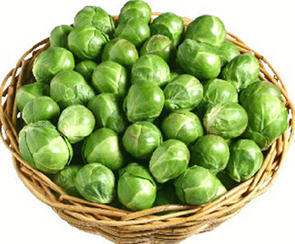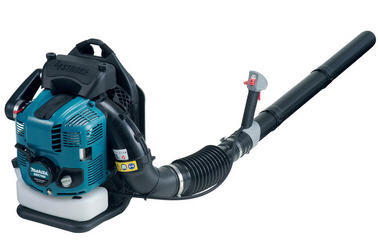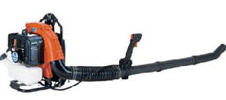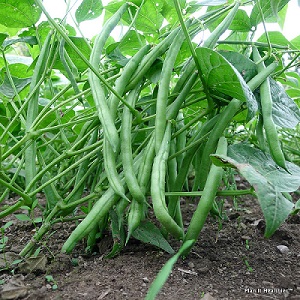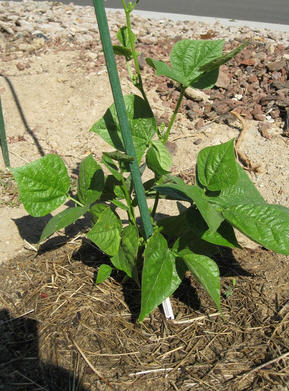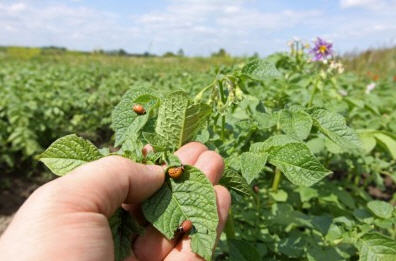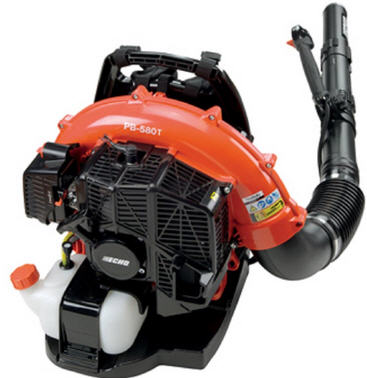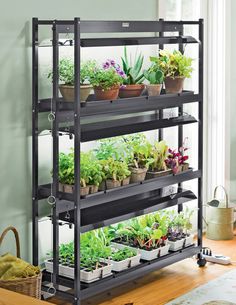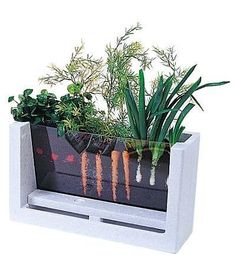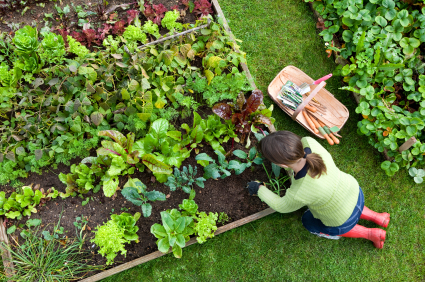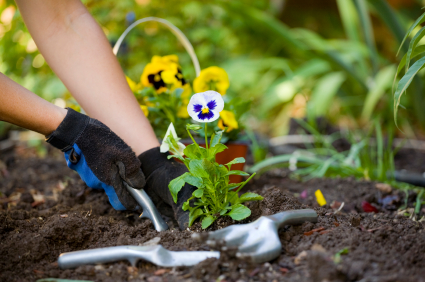Stihl is one of the largest manufacturers of leaf blowers worldwide. In 1989, the company produced its first backpack blower which is the BR 320/400 in its manufacturing facility at Virginia Beach in the United States. This equipment was followed by the BG 72 model and the BR 320L model backpack blowers in 1992. Just like the other power tools made by the company, Stihl leaf blowers are known for their durability and environment-friendly features.
Stihl leaf blowers enable you to tackle any cleaning job such as cleaning up a huge mess of leaves on your front yard at autumn or blowing away dust from outdoor structures with less time and cost. Described below are the types of Stihl leaf blowers designed for your specific needs.
Handheld Stihl Leaf Blowers
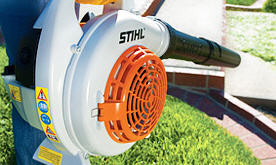 Stihl leaf blowers of the handheld type are used to perform light tasks such as blowing away debris from driveways, grass clippings from walkways, and removing leaves from yards. They are either powered by electricity or gasoline. Their main advantages are their portability and multi-role functions. Some handheld Stihl leaf blowers are even equipped with accessories that convert them into vacuum cleaners or leaf shredders.
Stihl leaf blowers of the handheld type are used to perform light tasks such as blowing away debris from driveways, grass clippings from walkways, and removing leaves from yards. They are either powered by electricity or gasoline. Their main advantages are their portability and multi-role functions. Some handheld Stihl leaf blowers are even equipped with accessories that convert them into vacuum cleaners or leaf shredders.
Electric-powered Stihl Leaf Blowers
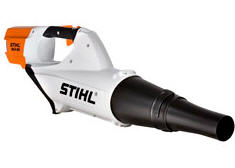 These handheld power tools are typically used for blowing dust, leaves, or light debris in a small area. They do not have exhaust fumes since they are powered by electricity. Thus, these Stihl leaf blowers are ideal for indoor cleaning such as in homes, gymnasiums, or offices. They are quieter to operate compared to their gasoline-powered counterparts. Stihl leaf blowers that are powered by electricity are the lightest ones. Just make sure that there is an alternating current (AC) outlet nearby where you will plug the machine.
These handheld power tools are typically used for blowing dust, leaves, or light debris in a small area. They do not have exhaust fumes since they are powered by electricity. Thus, these Stihl leaf blowers are ideal for indoor cleaning such as in homes, gymnasiums, or offices. They are quieter to operate compared to their gasoline-powered counterparts. Stihl leaf blowers that are powered by electricity are the lightest ones. Just make sure that there is an alternating current (AC) outlet nearby where you will plug the machine.
The Stihl BGE61 Electric Handheld Leaf Blower is run by a powerful 120 V motor that produces an air velocity capacity of 148 mph. Its average air volume capacity is 394 CFM. Hence, it can remove debris in no time at all. It is light, weighing only 6.8 pounds. Upon operation, this Stihl leaf blower is relatively quiet since its motor produces sound recorded at only 64 decibels. This powerful machine has a gutter cleaning kit which is designed to remove clogged debris in roof gutters. In addition, this Stihl leaf blower also has a low and high-speed option that allows you to do various tasks.
Read more >> best leaf vacuum mulcher reviews
Gasoline-powered Handheld Stihl Leaf Blowers
These tools are typically used for larger areas they have no wires. These Stihl leaf blowers are designed with more engine power and operator autonomy in mind. They are relatively heavier than their electric-powered counterparts.
The Stihl BG86C-E Handheld Leaf Blower is one of the most efficient products of its class in terms of fuel consumption. It also has the lowest exhaust emissions among the product line of Stihl leaf blowers. This blower is powered by a 27.2 cc gasoline engine that produces a maximum air velocity up to 190 mph and has a maximum air volume of 459 CFM. It emits a sound level of 70 decibels. By installing special accessories, this blower can also be converted into a vacuum cleaner. In providing comfort for its operator, this Stihl leaf blower has a four-spring anti-vibration system and easy engine start-up function.
Stihl Backpack Leaf Blowers
These power tools are more powerful than their handheld counterparts. Thus, they are ideal for tackling jobs in even more wider areas. A backpack model of a Stihl leaf blower is attached to shoulder straps so that the operator carries the machine in a backpack position.
Trimmer Trap ST-2 BR 500/600 Series Blower Rack
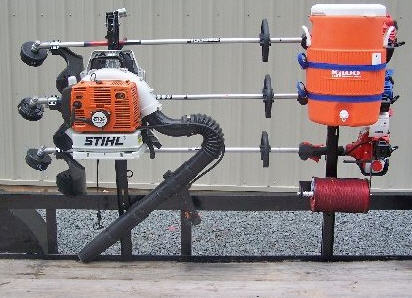 The Stihl BR600 Magnum is the best example of this power tool. The said Stihl leaf blower has a gasoline-fueled engine that has a displacement of 64.8 cc. Having a maximum air volume of 712 CFM and a maximum air velocity capacity of 201 mph, it can blow away thick dust and debris. It is lightweight at 21.6 pounds and is comfortable to carry because it has a high-quality nylon harness. Made with low-vibration components, it is also equipped with a three-position blower tube for various purposes. The fuel tank of this powerful Stihl leaf blower has a capacity of 47.3 oz of gasoline, ensuring that your job can be finished without constant refueling.
The Stihl BR600 Magnum is the best example of this power tool. The said Stihl leaf blower has a gasoline-fueled engine that has a displacement of 64.8 cc. Having a maximum air volume of 712 CFM and a maximum air velocity capacity of 201 mph, it can blow away thick dust and debris. It is lightweight at 21.6 pounds and is comfortable to carry because it has a high-quality nylon harness. Made with low-vibration components, it is also equipped with a three-position blower tube for various purposes. The fuel tank of this powerful Stihl leaf blower has a capacity of 47.3 oz of gasoline, ensuring that your job can be finished without constant refueling.
Always bear in mind that there are three factors that determine the power of Stihl leaf blowers. These are the maximum air velocity measured by miles per hour (mph), the engine displacement which is measured by cubic centimeters (cc for brevity), and the maximum air volume measured by cubic feet per minute (CFM). The greater these capacities, the more powerful these machines are. Whatever your needs are, there is always a Stihl leaf blower for you.
